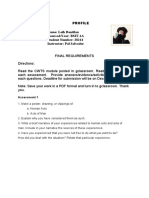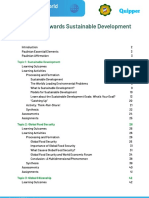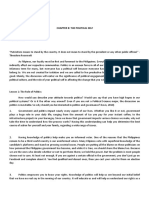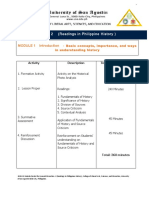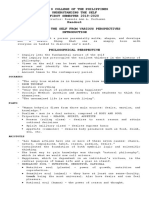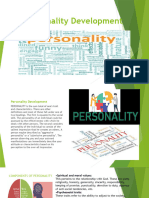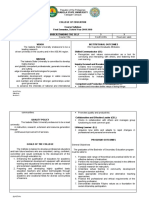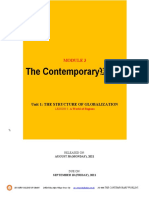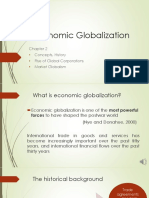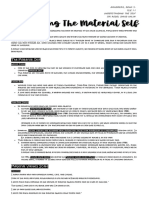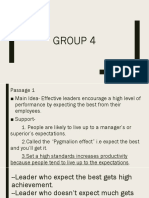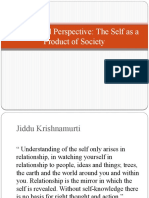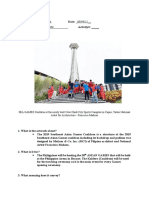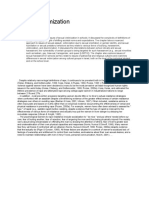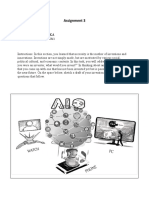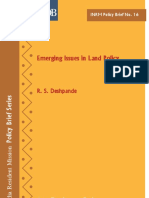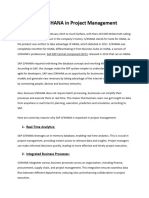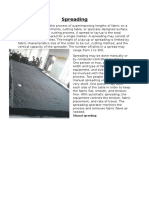0% found this document useful (0 votes)
682 views2 pagesGeorge Herbert Mead Play Stage
George Herbert Mead argued that the self develops through social interaction rather than innate biological factors. He believed that people develop a sense of self by taking on the perspectives or roles of others in social experiences where language, gestures, and objects are used to communicate meaning. Mead proposed that the self has two parts - the "I" which is the subjective, active side and the "Me" which represents the internalization of social attitudes and demands. According to Mead, the development of the self occurs in three stages from birth to age 9 - from imitation during early childhood, to role-taking through play at ages 3 to 5, to understanding social positions in games during early school years.
Uploaded by
Asuna YuukiCopyright
© © All Rights Reserved
We take content rights seriously. If you suspect this is your content, claim it here.
Available Formats
Download as DOCX, PDF, TXT or read online on Scribd
0% found this document useful (0 votes)
682 views2 pagesGeorge Herbert Mead Play Stage
George Herbert Mead argued that the self develops through social interaction rather than innate biological factors. He believed that people develop a sense of self by taking on the perspectives or roles of others in social experiences where language, gestures, and objects are used to communicate meaning. Mead proposed that the self has two parts - the "I" which is the subjective, active side and the "Me" which represents the internalization of social attitudes and demands. According to Mead, the development of the self occurs in three stages from birth to age 9 - from imitation during early childhood, to role-taking through play at ages 3 to 5, to understanding social positions in games during early school years.
Uploaded by
Asuna YuukiCopyright
© © All Rights Reserved
We take content rights seriously. If you suspect this is your content, claim it here.
Available Formats
Download as DOCX, PDF, TXT or read online on Scribd
/ 2
